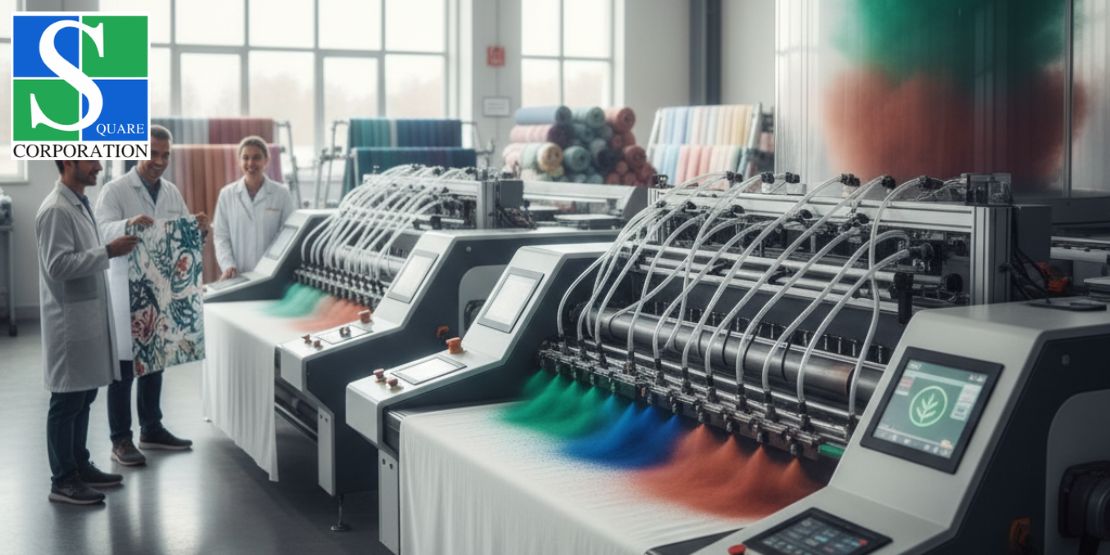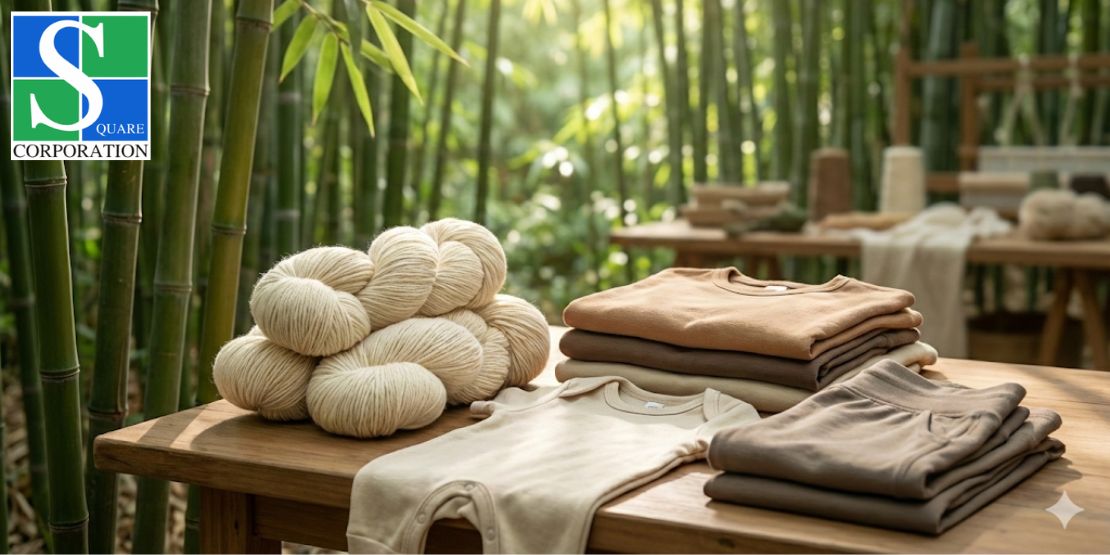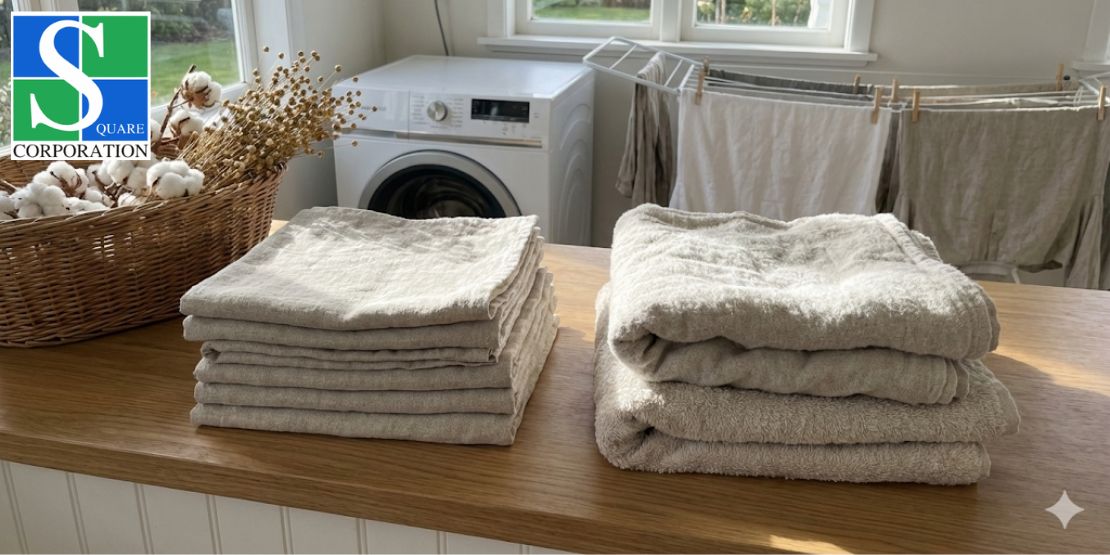25 December, 2025 | by Admin
Textiles Dyes without Water: The Future of Low-Impact Fabric Finishing
31 October, 2025 | by Admin
Waterless dyes are revolutionizing the textile industry by eliminating water usage from the printing process, marking a positive step towards sustainability. Do you think sustainable fabric production is only equivalent to zero water usage? Absolutely not, apart from zero water usage, the use of an eco-friendly fabric production process is also vital for sustainable production. As most global garment brands push for greener fabric supply to fulfill customer demand, it is high time to bring some innovation to the fabric production process.
Traditional dyeing and fabric printing methods require vast amounts of water and chemical usage, posing a significant threat to sustainable fabric production. But nowadays, most environmentally conscious organic cotton farms use eco-dyes and a waterless printing process to revolutionize sustainable fabric production. Let’s explore this blog to know how eco-dyes and waterless printing are highly useful for making low-impact fabric for the future textile industry.
What Do You Mean by Eco Dyes?
Eco dyes are the latest fabric printing method, which creates a low environmental impact without damaging the fabric quality. Low toxicity and the use of biodegradable components are the key features of eco dyes. Apart from that, the use of the latest technology has also led to a significant decrease in water usage for sustainable fabric production.
Textile innovators are developing more innovative bio-based dye methods from microbes and fruit waste. This unique bio-based printing method offers an excellent alternative to the petrochemical-based printing method.
If you are dealing with organic fabric production, you must try to enable the most unique and natural shade printing for eco-dyes. Maximum eco-conscious brands prefer attractive bio-based dyes for sustainable garment production.
Waterless Printing in Fabric Design
When considering sustainable production to meet global demand, incorporating innovative technology for fabric production is essential. A reliable and eco-friendly spinning mill in Gujarat is striving to produce the most unique organic fabric without using a single drop of water.
It should be a vital step for the waterless printing process. Innovative technologies such as digital pigment and sublimation play a vital role in fulfilling the desire for waterless printing in fabric design.
Due to the waterless printing process, the dyeing method does not discharge any effluent, which can save fabric treatment cost. For the short-run production process, a zero-waste usage production process ensures faster turnaround times, which indicates higher efficiency, greater flexibility, and waste minimization.
Benefits of Incorporating the Waterless Dying Process
Organic fabric manufacturers in India are shifting their focus from traditional fabric production to waterless dyeing, which offers several significant advantages. Let’s have a look-
- Pigment-based eco dye methods can reduce inventory for coloured fabrics, which is a great cost-saving approach.
- The eco dye method can produce fabric on demand and it reduces the risk of fabric overstock.
- Due to the use of eco-dye methods, organic fabric production units can reduce the carbon footprint, which is beneficial for the environment.
Conclusion
As sustainability becomes a major factor in the textile industry, eco-dyes and waterless printing become highly essential. By incorporating these technologies, reliable organic cotton manufacturers are reducing their carbon footprint in the environment. Square Corporation is a reliable manufacturer and supplier of low-impact textiles that follow the trend of waterless dyeing processes to fulfill the global brand requirement.
Related Posts
20 December, 2025 | by Admin
Why Bamboo Yarn Is the Next Big Trend in Eco Garments...
15 December, 2025 | by Admin







